Understanding Ceramic Pan Materials and Coatings
Ceramic pans use a nonstick coating made from inorganic minerals, often described as “ceramic.” Unlike traditional Teflon, they are free from PTFE/PTFE-free and marketed as eco-friendly. However, these coatings—even premium ones—vary in hardness and scratch resistance depending on brand and bonding technique.
Common types include:
- Silicon‑infused mineral coatings (softer but flexible)
- Multi‑layer hybrid ceramic built over aluminum or stainless bases
- Reinforced ceramic embedded with reinforced particles for more durability
While ceramic offers excellent food release and chemical-free cooking, they are more prone to scratches without proper care.
Why Scratches Occur: Common Causes
Scratches on ceramic pans are typically caused by physical abrasion or chemical assault. Key culprits include:
- Metal utensils (spatulas, forks, whisks)
- Abrasive cleaning agents or pads
- Stacking pans without protection
- Cooking at excessively high heat with little or no oil
- Thermal shock—transferring a hot pan into cold water
Understanding these triggers helps you proactively avoid damage before it starts.
Types of Scratches and Their Impacts
| Scratch Type | Cause | Impact |
|---|---|---|
| Light surface marks | Silicone residue or fine grit | May affect appearance; usually harmless |
| Fine scratches | Nylon whisks, stirring | Minor blemishes; may reduce slip slightly |
| Deep gouges | Metal utensils or stacking | Nonstick loss, cooking issues, flaking |
| Edge chips | Bumping, dropping | Exposes bare pan; potential for corrosion |
Shallow marks may not affect performance, but deep scratches compromise the coating, and can lead to sticking, food residue buildup, and eventual coating failure.
Essential Utensils to Use with Ceramic Pans
To preserve the finish, only use cookware-grade non-metal utensils. Recommended types include:
- Silicone spatulas or turners—flexible, heat-resistant up to 500°F
- Wood or bamboo spoons—strong but non-abrasive
- Nylon utensils—only if labeled heat-safe and soft
- Foldable silicone whisk—for mixing without metal contact
Avoid all metal forks, knives, whisks, and rigid utensils—especially when scraping baked-on bits.
Cleaning Methods That Protect Ceramic Surfaces
🧼 Daily Cleaning:
- Let pan cool before washing.
- Use warm soapy water and a soft sponge.
- Avoid metal pads or Brillo-style scouring pads.
- Never put a hot pan under cold water.
🫧 Tough residue (like eggs stuck):
- Fill with warm water and soak for 20–30 minutes.
- Use a soft nylon or silicone brush to gently lift residue.
- Rinse and dry completely.
🚫 Deep cleaning:
- Avoid baking soda or abrasive powders unless they are fine and used sparingly.
- Never use oven cleaner or bleach, which can degrade ceramic layers.
Staying gentle while cleaning will maximize coating lifespan.
Best Practices During Cooking
1. Moderate Heat Only
Ceramic releases degrade at extremely high heat. Stick to low or medium heat settings unless manufacturer specifies safe high-heat use.
2. Use Oil or Butter Properly
Always preheat with a dribble of oil to condition the base—dry ceramic pans scratch more easily when food is added directly.
3. Avoid Dragging
Lift the pan when moving it on stovetops—sliding across grates or glass can chip the coating or scratch alongside metals left in the pan.
4. Cool Between Uses
If you’re stacking or cooking multiple pans, allow each to cool before stacking or storing.
Storage Tips to Prevent Scratching
Proper storage protects your investment.
- 🧽 Use pan protectors: Felt or silicone liners between stacked pans prevent direct surface contact.
- Store lid-first: Never drop pans into open cabinets without padding.
- Avoid overcrowding: Too many pans in a small drawer increases scrape risk.
- Hang cookware: Pegboard or hanging racks reduce stacking altogether.
These simple changes reduce abrasion risk significantly over time.
Choosing High-Quality Ceramic Pans That Resist Scratches
Investing in a better-made pan gives you more durability.
Look for pans that offer:
- Reinforced ceramic layers (multi-layer)
- Clad or aluminum base to prevent warping
- Brand reputation and warranty—some offer 5-year nonstick coverage
- Third-party testing or certifications
Top-rated scratch-resistant ceramic pans in 2025 include: GreenPan Valencia, Caraway Ceramic Set, and Our Place Always Pan.
Maintenance and Repair of Light Ceramic Scratches
Minor scratches can sometimes be polished out or reduced:
How to minimize surface scratches:
- Apply a tiny amount of mineral oil or food-safe silicone lubricant and buff gently.
- Clean with gentle dish soap afterward.
Some brands sell ceramic repair sprays that can fill superficial scratches—but cannot fix deep gouges. If key layers are compromised, replacement is safer.
What to Avoid to Maintain the Pan’s Integrity
Avoid behavior that accelerates wear:
- Bleach, oven cleaner, lye-based degreasers
- Metal scouring pads or steel wool
- Stacking without protection
- Rapid water temperature changes on hot pan surfaces—this stresses the coating
- Using metal utensils even once—minor damage can propagate fast
Following your manufacturer’s instructions will always yield best results.
Expert Tips from Chefs and Brands
Chefs and ceramic pan makers recommend:
- Always preheat with oil to prevent food from sticking and protect the surface.
- Cool pans completely before cleaning to avoid thermal stress.
- Use hand wash-only detergent without bleach or antibacterial additives.
- Replace pans every 2–3 years, depending on usage frequency.
How to Extend the Pan’s Lifespan: Care Schedule
| Routine | What to Do | Frequency |
|---|---|---|
| Daily | Wash with warm soapy water and dry thoroughly | After each use |
| Weekly | Apply a drop of mineral oil and buff | 1–2 times a week |
| Monthly | Inspect for scratches; use silicone buff if needed | Once a month |
| Quarterly | Deep clean with mild scrub and baking soda paste | Every 3 months |
| Yearly Review | Consider replacement if deep scratches are visible | Once a year or seasonally |
Consistent maintenance prevents scratches and builds value over time.
Common Mistakes That Lead to Scratches
❌ Rapid Temperature Change
Putting a hot pan into cold water stresses layers.
❌ Using the Wrong Utensils
One time using a metal spatula can start a scratch that worsens.
❌ Dishwasher Use
High-pressure water, harsh detergents, and knife racks scratch surfaces.
❌ Stacking Without Protection
Direct pan-to-pan contact borderline guarantees abrasions.
❌ Cooking Dry
Ceramic surfaces fare worst when heated dry—always cook with a thin film of oil or liquid.
FAQs: Avoiding Scratches on Ceramic Pans
1. Can I use metal tools with silicone tips?
Yes—if the tip is full silicone—not hard plastic, and fully covers the metal inside.
2. Is it safe to use steel wool on ceramic pans?
No. Even fine steel wool can scratch and abrade delicate ceramic surfaces.
3. Why did a deep scratch form after just one use?
Likely due to misuse of metal utensil, abrasive cleaning, or overheating with an empty pan.
4. Will scratches affect nonstick performance?
Yes. Deep scratches reduce food release and can lead to flaking.
5. Can I repair minor scratches myself?
You can polish surface marks or apply ceramic repair spray—but not deep gouges.
6. Are ceramic pans dishwasher safe?
Technically maybe—but repeated dishwasher use accelerates scratching and reduces coating life.
Conclusion
Avoiding scratches on ceramic pans is simple—but requires attentiveness and care. Ceramic coatings are delicate and designed for health‑conscious nonstick cooking, but their lifespan depends on how you treat them.
To protect your investment:
- Use only silicone, wood, or nylon tools
- Clean gently using warm soapy water and soft cloths
- Store with protective layers
- Moderate heat and always cook with some oil
- Maintain regularly with gentle polish
By following these expert guidelines—from trusted brands and seasoned chefs—your ceramic pans can stay scratch-free and effective for years. If deeper damage occurs, replacement is safer than patchwork repair.
Protecting your cookware now saves you replacement expenses and cooking frustrations later.
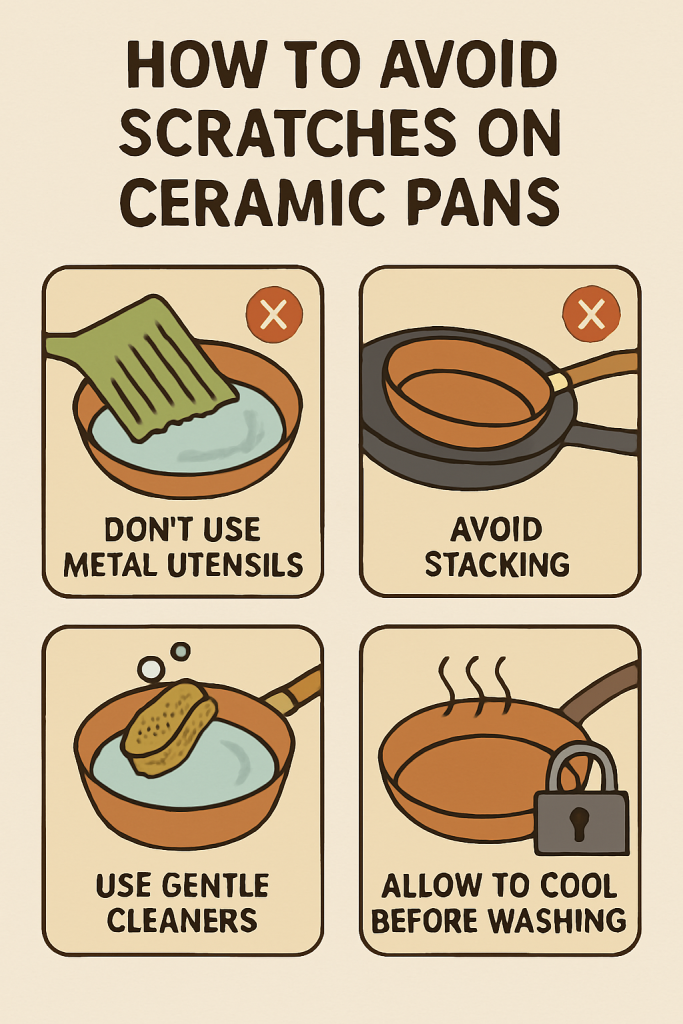

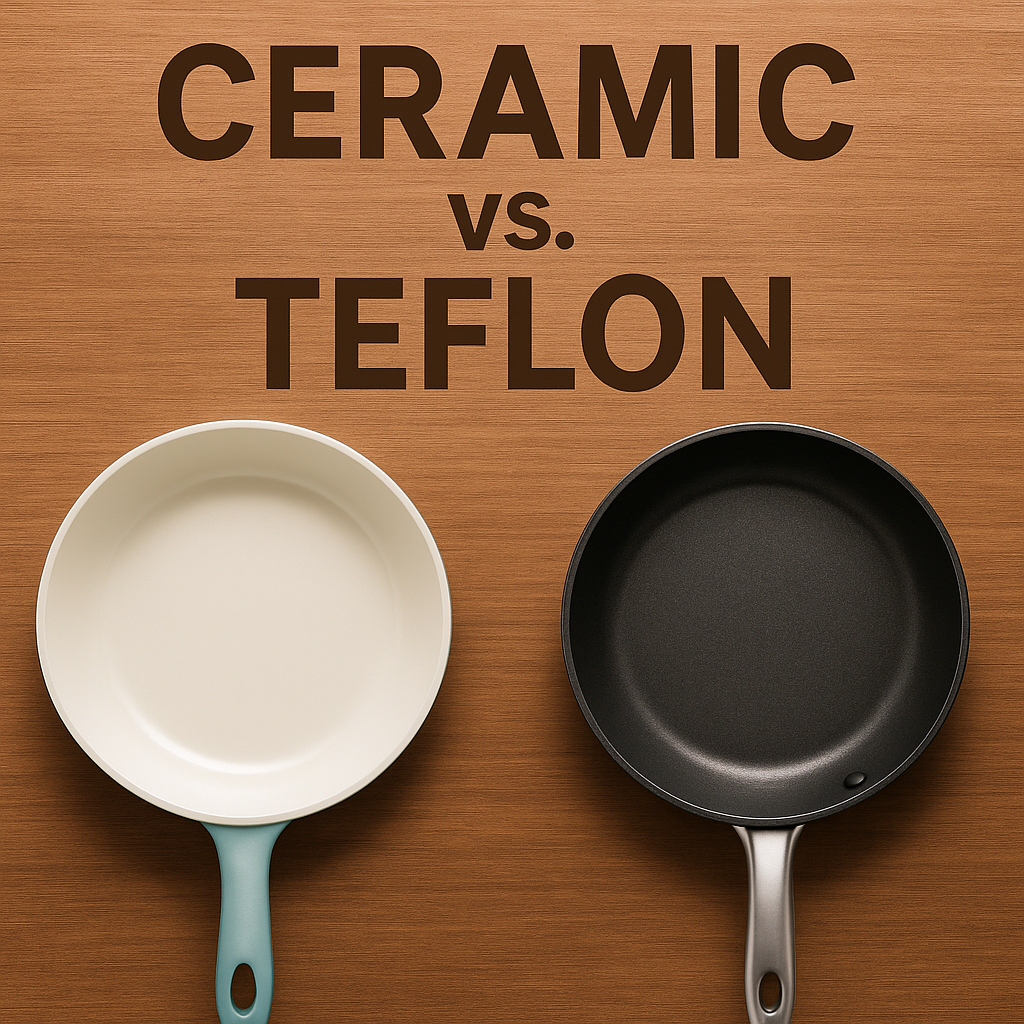
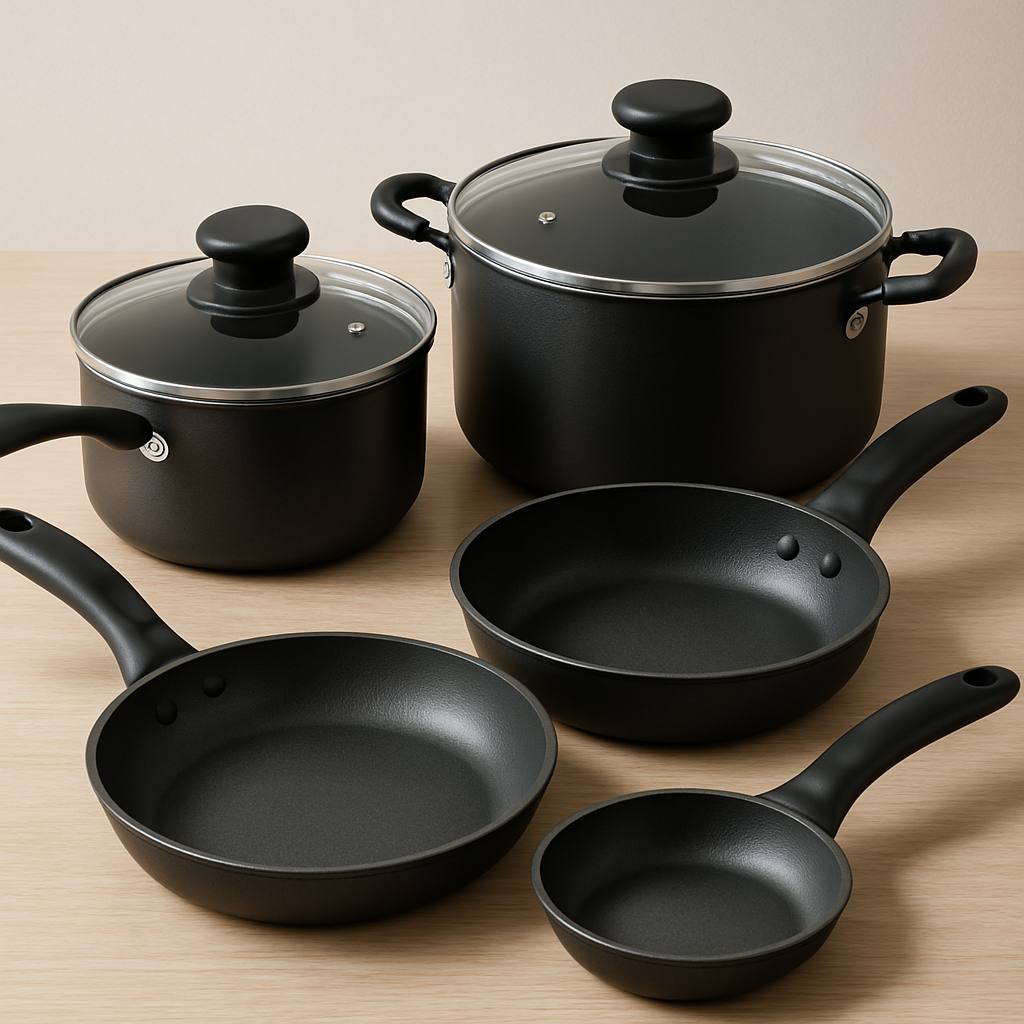
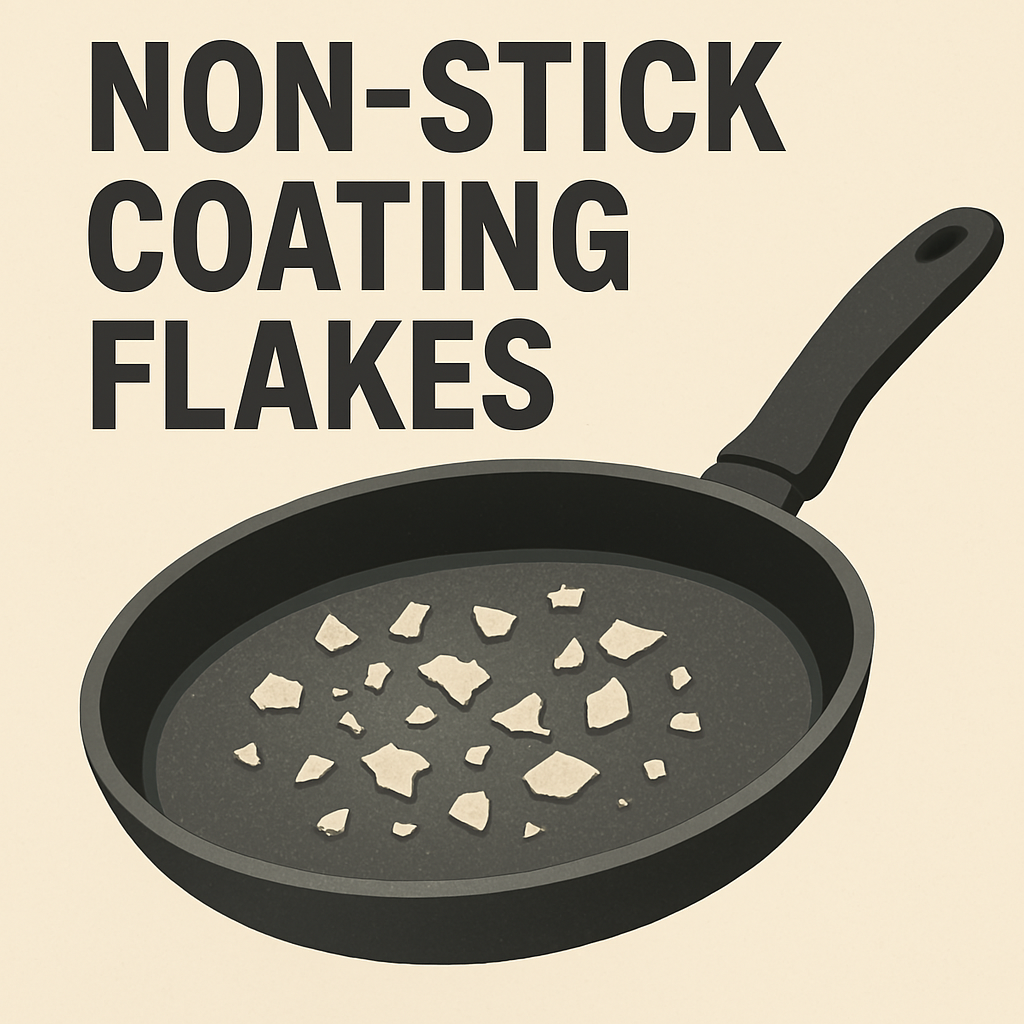
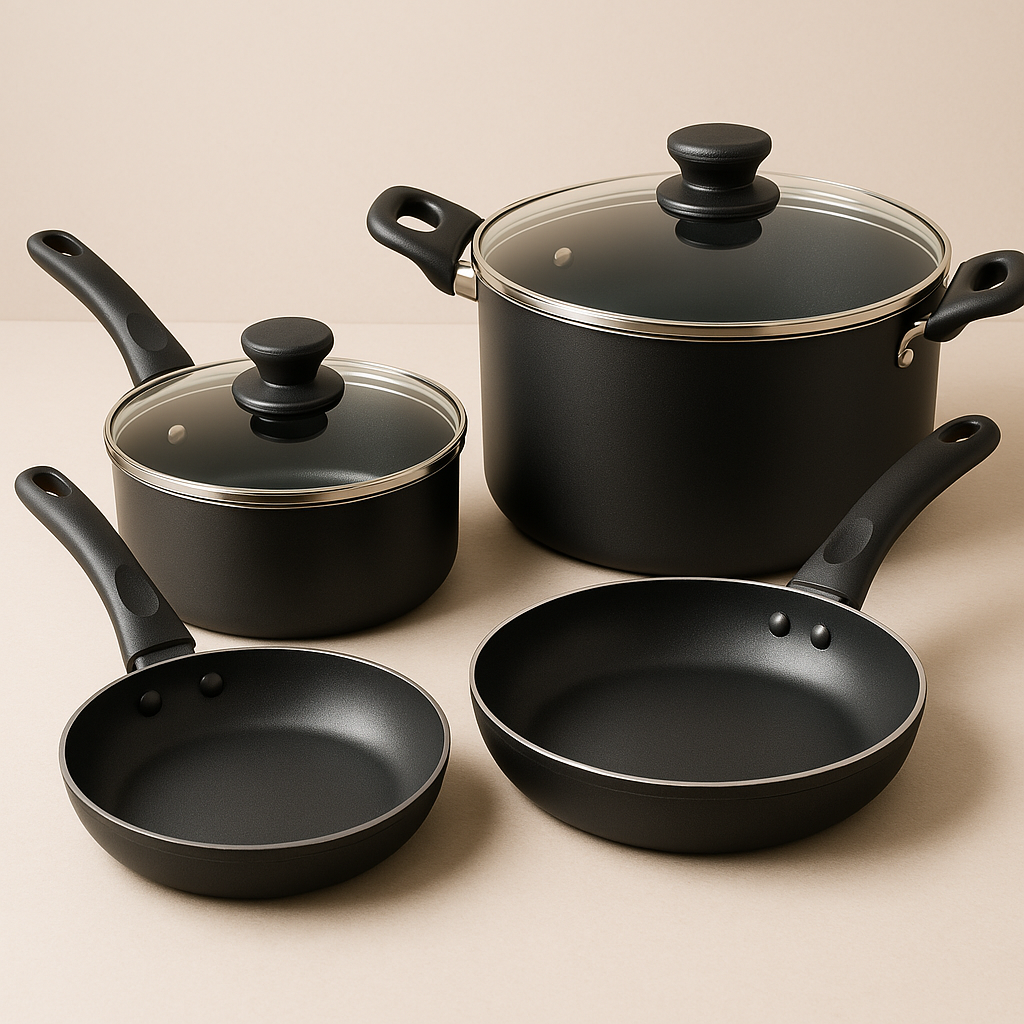
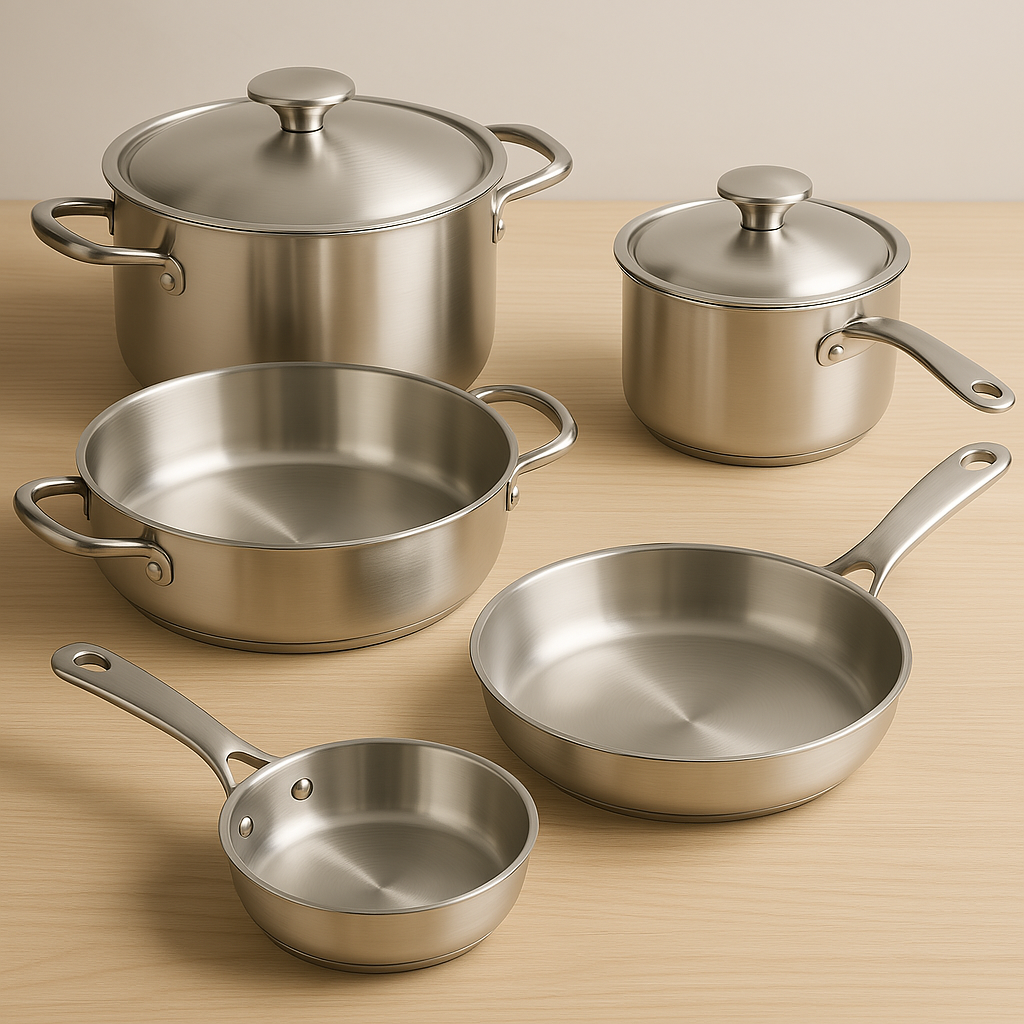
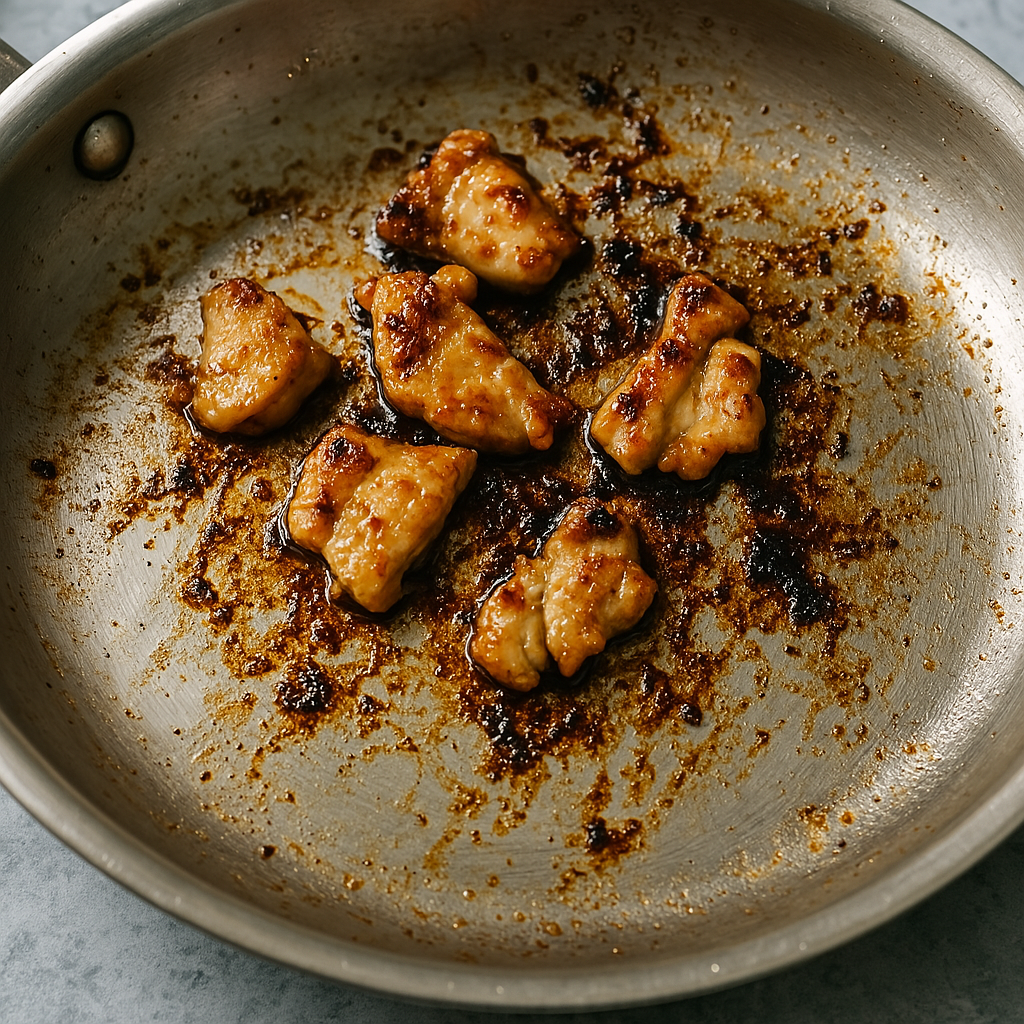
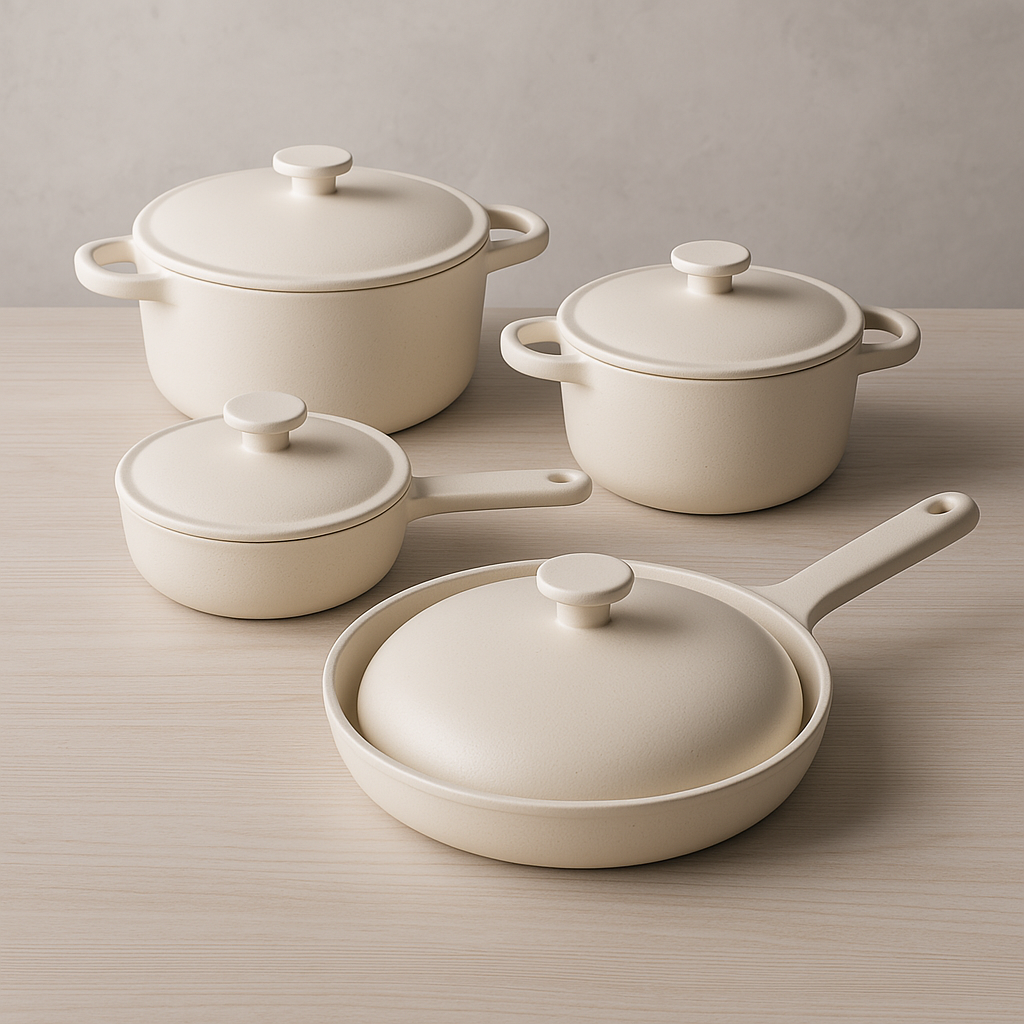
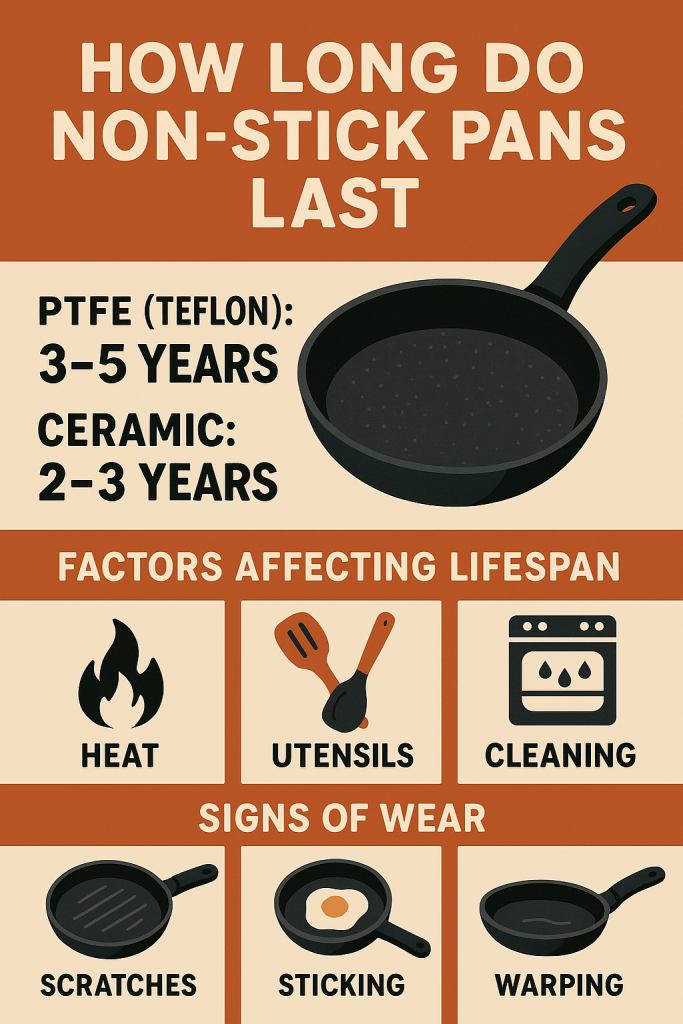
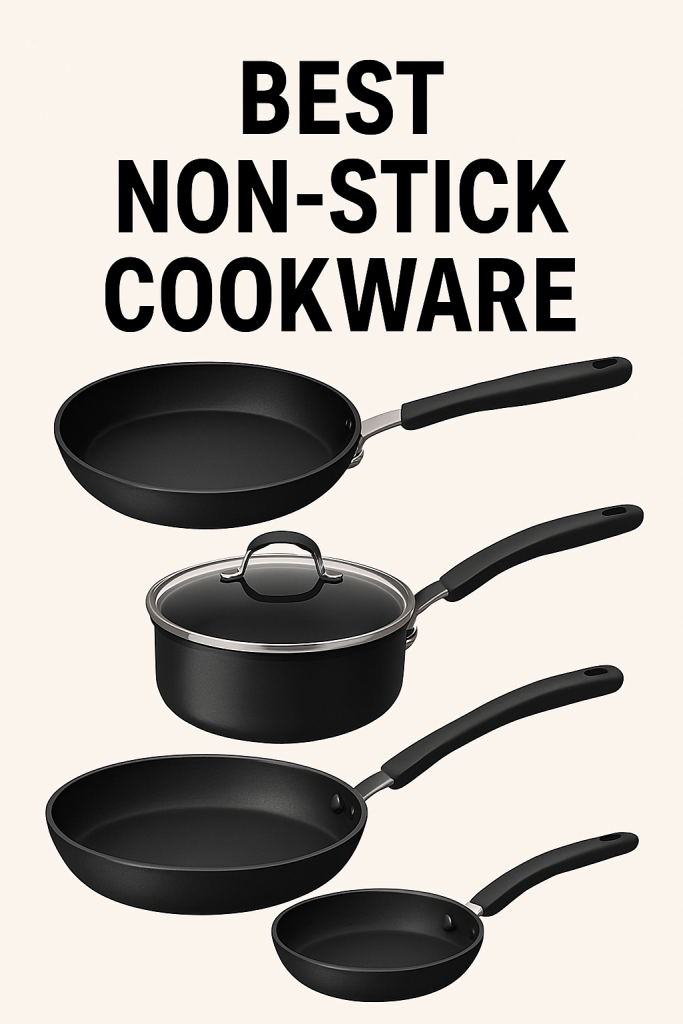
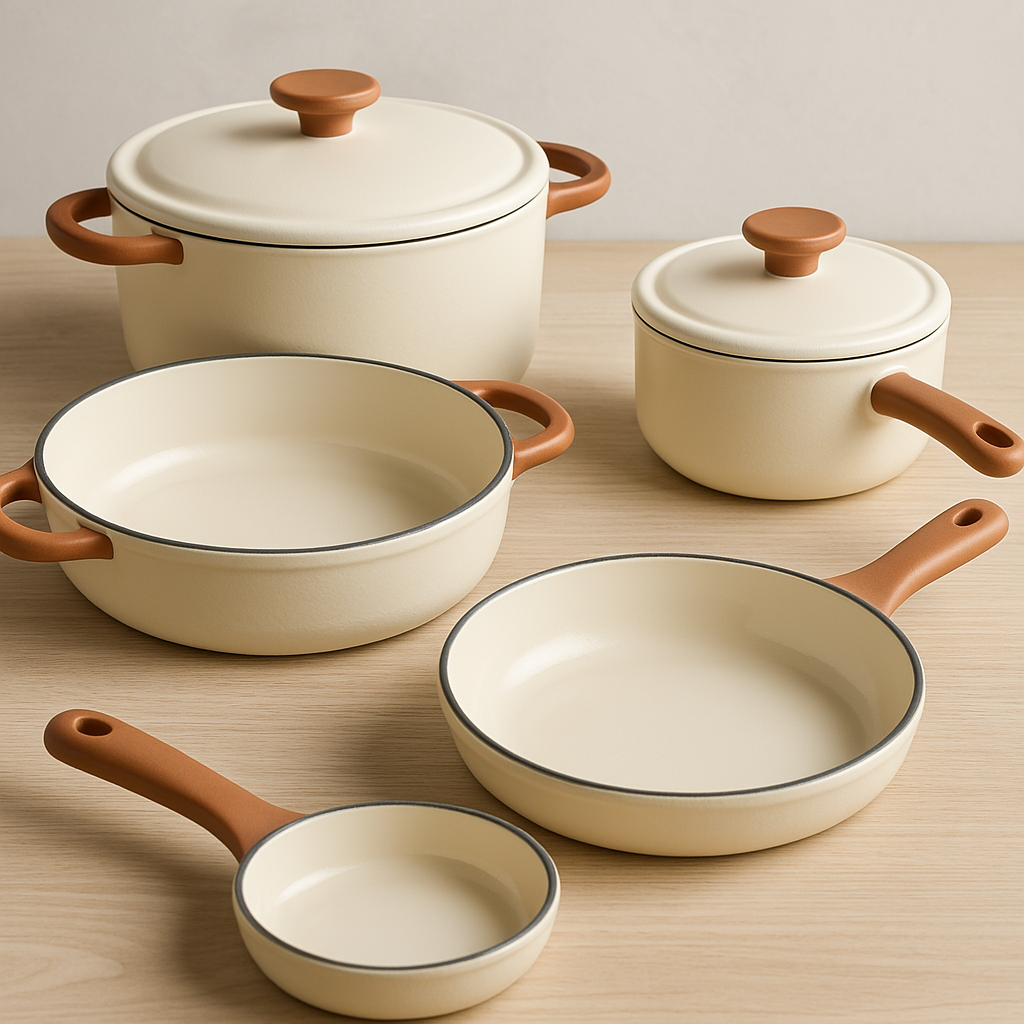
Leave a Reply